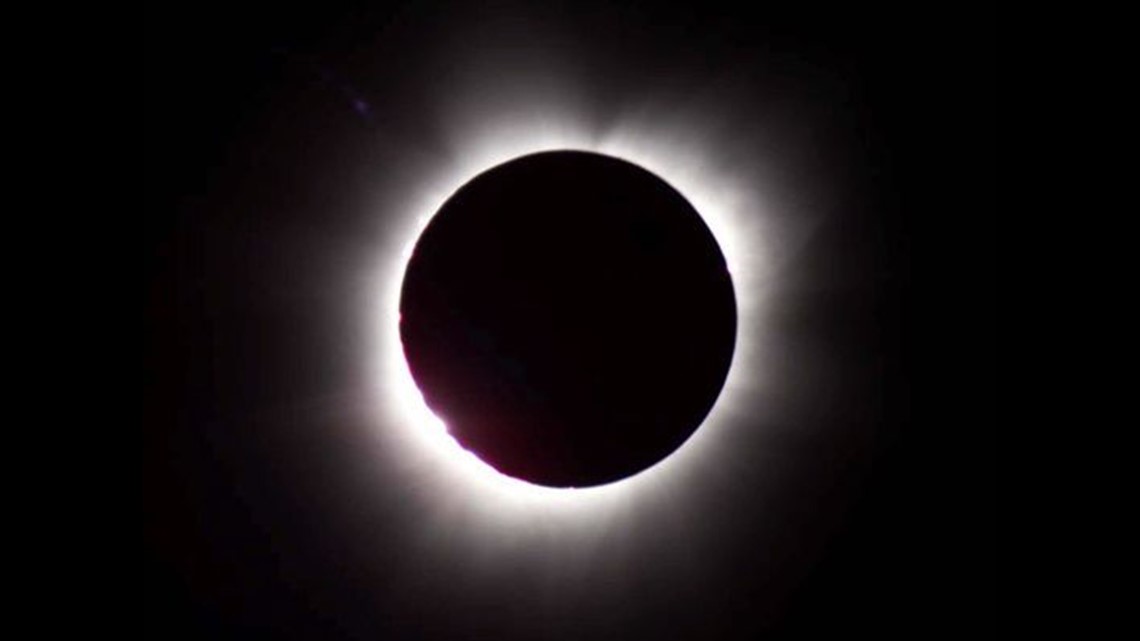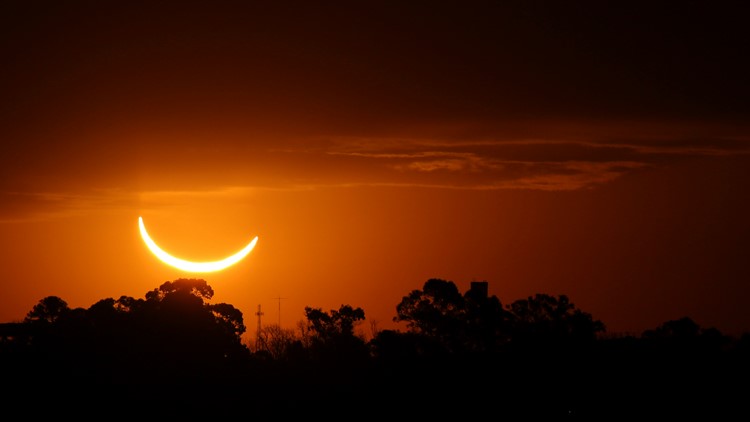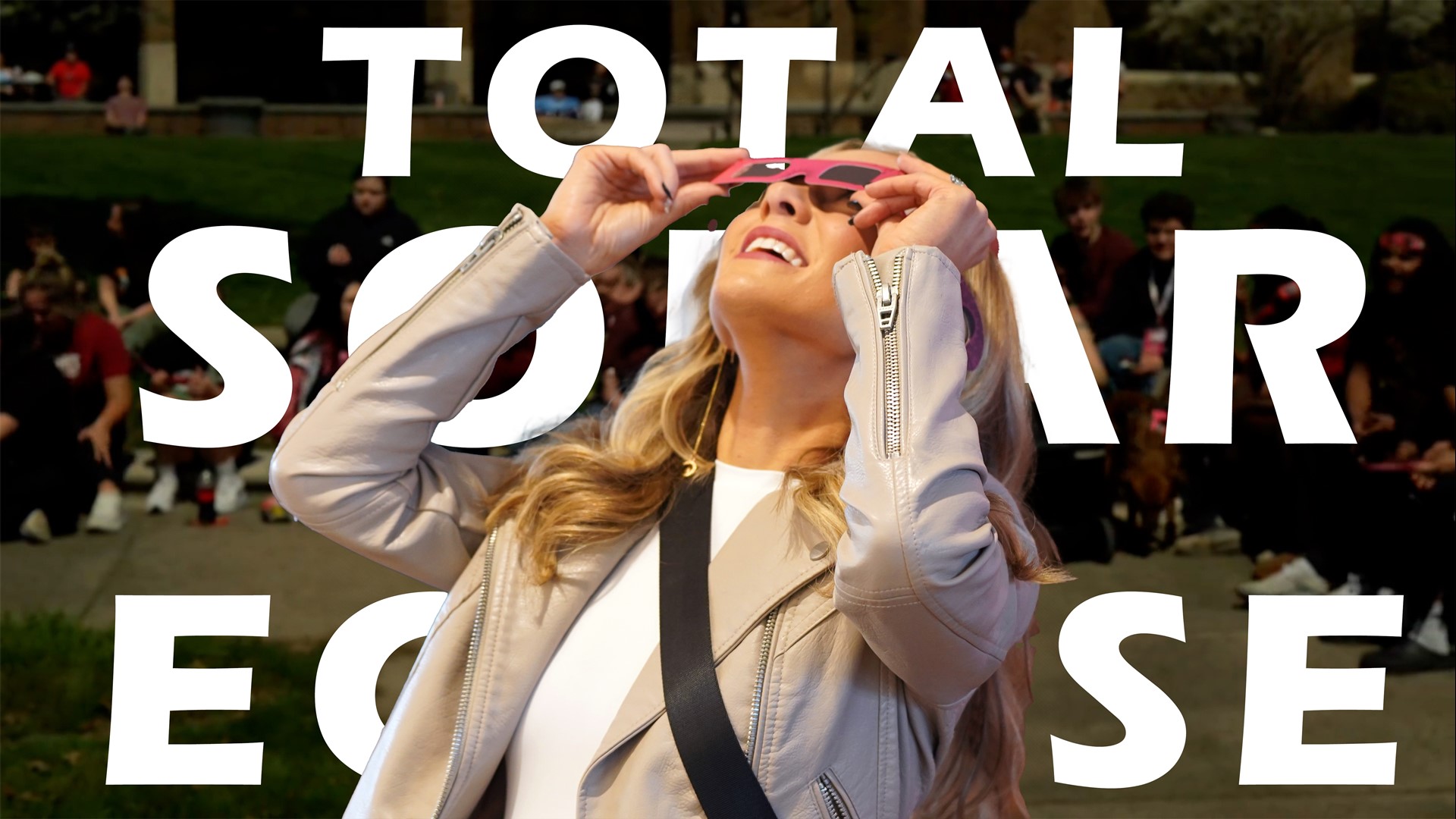GRAND RAPIDS, Mich. — The United States is preparing for another total solar eclipse this April, seven years after one swept across the nation in 2017.
This year’s eclipse will pass over parts of Mexico, the U.S. and Canada. Cities that fall in the moon’s path, called the path of totality, will experience several minutes of darkness on Monday, April 8.
The circumstances around the eclipse will cause some notable differences compared to 2017’s showing.
The National Aeronautics and Space Administration (NASA) said the moon is further away from the Earth this year, causing the moon’s shadow—also called the umbra—to be wider. This means millions more people will be within the path of totality during April’s eclipse than in 2017.
In addition, NASA said totality will last for a longer period. In 2017, the maximum time in totality was about two and a half minutes. In April, some cities will spend over four minutes in darkness, according to NASA, with an area 25 minutes northwest of Torreón, Mexico seeing a whopping four minutes and 28 seconds in the moon’s shadow.
Another unique aspect of a total solar eclipse is that the corona—which is the sun’s outer atmosphere—becomes visible as the total eclipse occurs. NASA said the sun will be in what’s called “solar maximum" in 2024, which causes heightened activity in the corona. NASA scientists are anticipating to see streamers and possible ejections that will be visible during the eclipse.


In 2017, the sun was in solar minimum, meaning the corona was not as active.
In West Michigan, the difference between 2017’s eclipse and this year’s will be significant. West Michigan only saw about 75% in 2017. This year, we are expecting to see about 93% totality. While we won’t see complete darkness, the sky will darken as if it is dawn or dusk, and animal behavior is expected to be affected by the change.
On April 8, the eclipse will begin around 1:55 p.m., with the maximum eclipse being reached at 3:11 p.m.
After April's eclipse, the U.S. won't see a total solar eclipse until 2044.
►Make it easy to keep up to date with more stories like this. Download the 13 ON YOUR SIDE app now.
Have a news tip? Email news@13onyourside.com, visit our Facebook page or Twitter. Subscribe to our YouTube channel.
Watch 13 ON YOUR SIDE for free on Roku, Amazon Fire TV Stick, and on your phone.



